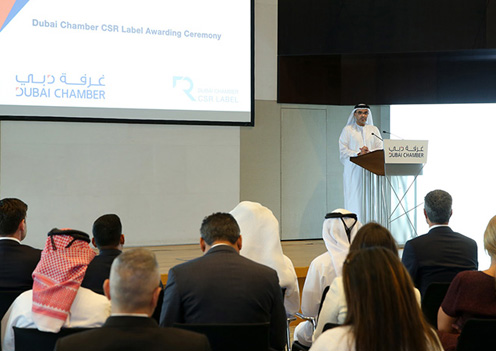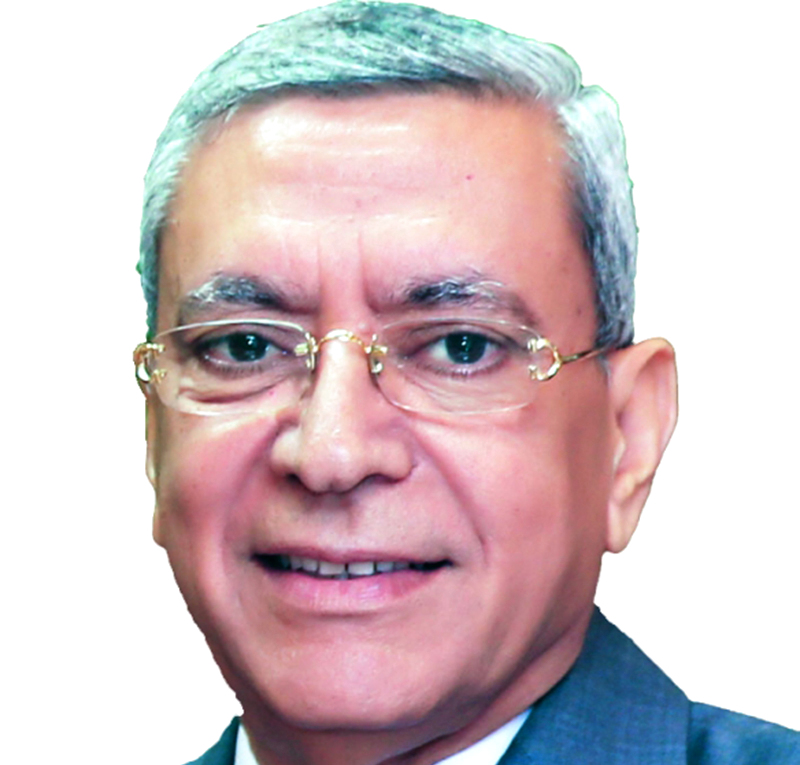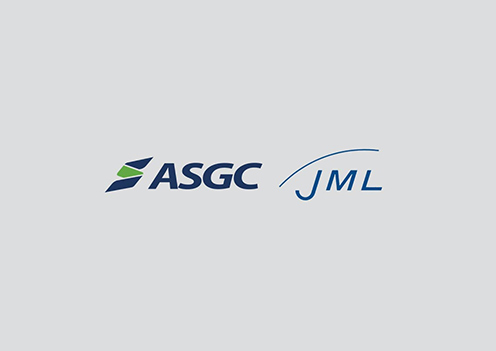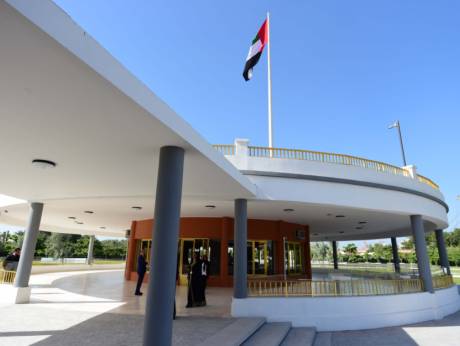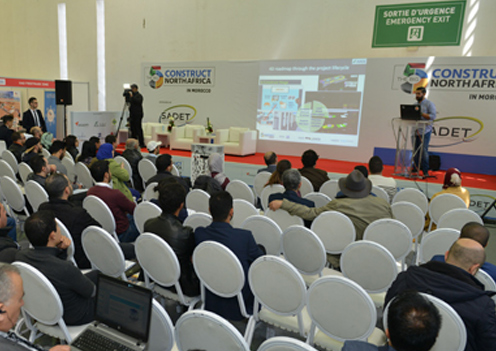
Dubai has always strived to position itself as a city where the world's biggest stars come to perform and showcase their talents. Whether it's Ed Sheeran, Elton John or Maroon 5, or a range of sub-continental and Arab artists, the city has offered them venues for packed-out shows and performances.
However, rather unusually, while the number of concerts and events in the city continued to grow, there remained a lack of suitable venues to host large numbers of people. Concerts and shows were most commonly held in makeshift spaces with temporary stages and stands, often out in the open and exposed to the elements.
This was clearly unsustainable, particularly with the costs and risks associated with such ad-hoc measures. For years, shows featuring some of the biggest entertainers in the world were held in hastily erected temporary structures, or in modified auditoriums and exhibition halls.
Given these limitations, it came as no surprise when Meraas, a Dubai-based real estate developer, announced that it would be developing a state-of-the-art multi-purpose arena in its newly developed CityWalk neighbourhood.
Spanning half a million square metres, the Coca-Cola Arena, as it is now known following a naming rights deal with the soft-drink giant, is Dubai's first indoor multi-purpose arena. Capable of holding 17,000 people, the arena had its launch event on June 6, with Canadian comedian Russell Peters bringing his Deported world tour to Dubai. A week later, the venue hosted its first musical concert, with US rock band Maroon 5 playing to a full house.
With the two events firmly establishing the Coca-Cola Arena as the city's most impressive event space, Big Project ME spoke with the contractor, ASGC, to understand how such a complex project was delivered on time, despite the many challenges encountered along the way.
"Doing a design and build project is always exciting for us at ASGC. It allows us to really utilise our full breadth of talent and capabilities," says Raouf Ezzat, operations director at ASGC.
"Moreover, by doing both the design and build, we were able to achieve a major time reduction in the project's realisation. Of course, that also brings with it a major challenge - building while designing. In the case of the Coca-Cola Arena, we had to work simultaneously on designing this city landmark while also building the project."
This of course created a challenge around estimating and allocating resources, time, materials and costs for the overall project, much of which needed to be set at the very beginning, Ezzat explains. While this required considerable amounts of coordination and focus, he asserts that it paid off.
"Generally you would do this by dividing the project into steps, in which once the design is finished for one step, you start building it, all the while continuing to design the next step. We followed this process for the enabling package, sub-structure, superstructure/steel structure, the facade and the MEP. Thankfully, because of our experienced team, this challenge was overcome successfully."
He explains that the ASGC team worked closely with the design consultant for design review, and that the contractor made sure to engage all peer review parties, both internal and external, in full-day workshops to map out design development steps.
"We also maintained early engagements with the relevant authorities to facilitate design permits, allowing relevant site works to commence quickly and smoothly. During the design preparation and project
Read More : meconstructionnews.com
More to Explore
